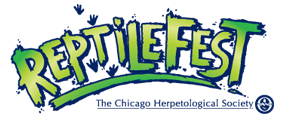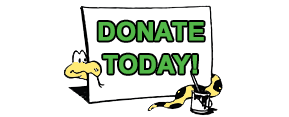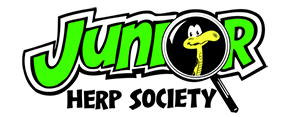In Defense of Amateur Herpetology
From the Introduction of Allen Greer’s The Biology and Evolution of Australian Lizards (Surrey Beatty & Sons Pty Limited, Australia, 1989 ISBN 0-949324-21-3):
Amateurs have contributed substantially to the development of Australian herpetology, as will be evident from the references to their work in this book. Their importance derives primarily from their observation of live animals: captive specimens, a species seen during a field trip, or local fauna. They publish without the inhibitions of having to preserve a professional image, and if they fail to understand the full ramifications of what they have seen, at least they have put into the literature an observation that can be taken-up and developed by someone else.
The journals that publish most of the amateurs’ work are as important as the amateurs themselves for they not only provide an outlet for the observations, but also a safe haven for beginning authors to develop their expository skills. The major journals here are Herpetofauna, and to a lesser extent, the South Australian Herpetology Group Newsletter, the Victorian Naturalist, and the Western Australian Naturalist. The dual role of these journals–as an outlet for incidental or only partially developed observations and as a testing ground for new authors–make them extremely important national assets and hence worthy of support.
Unfortunately the role of amateurs in Australian herpetology is now under threat from certain state authorities. Rules and regulations make it increasingly difficult to collect, keep, or even disturb in order to observe or photograph native fauna. For many amateurs who are often either too young to fight or have no affiliation with another, protective bureauracy like a museum or university, this means giving up or going “underground”. As a result, much opportunity for knowledge and personal development through investigation, discovery and discussion is lost.



